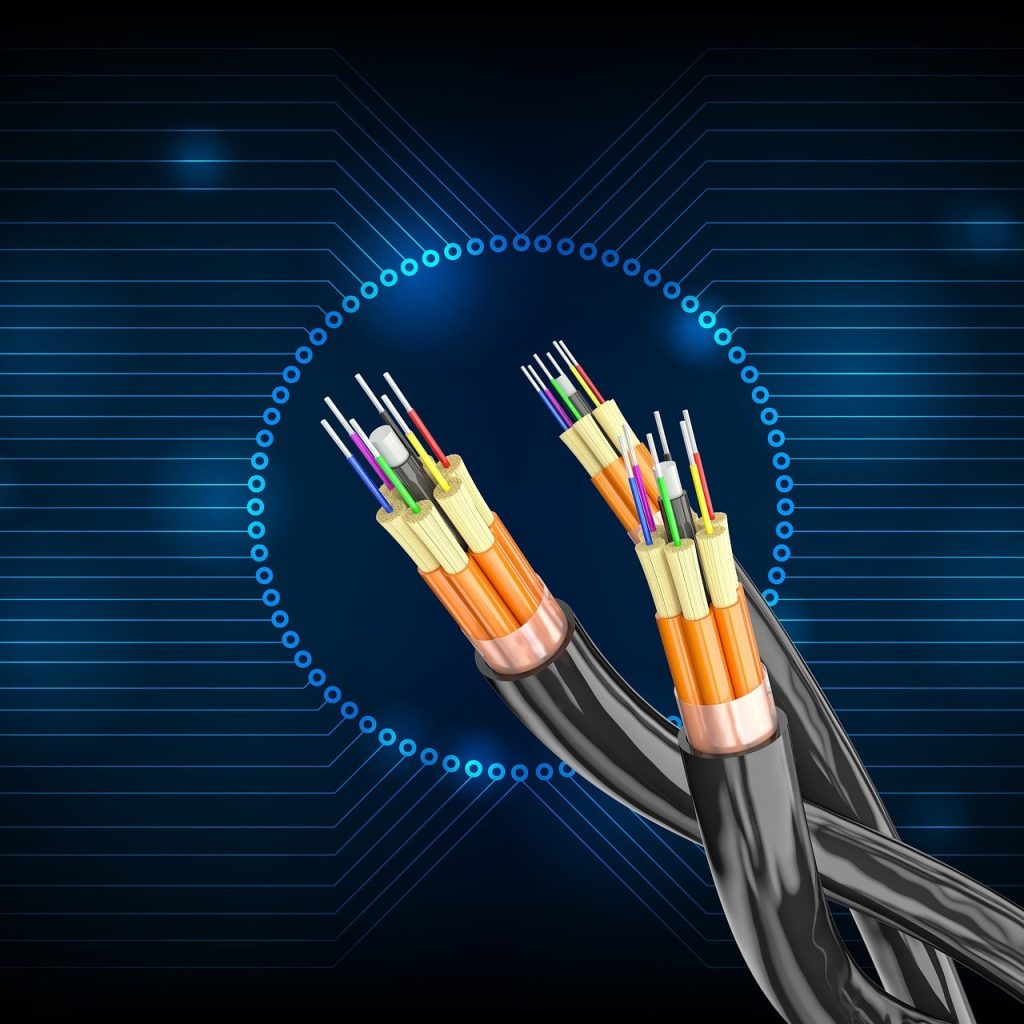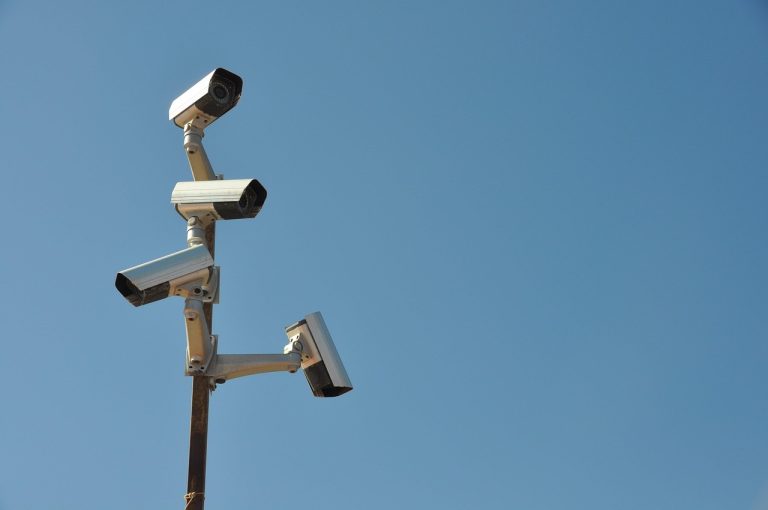
In recent months, incidents involving damage to telecommunications cables in the Baltic Sea, vital conduits carrying immense volumes of international internet traffic, have notably increased. The situation has grown so grave that NATO initiated Operation “Baltic Sentry,” deploying warships, aircraft, and drones to patrol these waters vigilantly, seeking out potential saboteurs. Concurrently, the European Union is escalating measures to safeguard critical undersea infrastructure.
Yet, military patrols alone cannot provide constant surveillance over thousands of kilometers of submerged cable networks. In response, the German company AP Sensing has introduced a groundbreaking solution: an innovative system that transforms optical fiber cables into extensive sensors, capable of instantly detecting any interference.
The technology harnesses the unique intrinsic properties of optical fibers. During data transmission, a portion of the optical signal naturally reflects backward. Even the slightest external disturbance—be it physical contact, vibration, or temperature fluctuations—alters these reflections. Distributed sensors placed approximately every 100 kilometers along the cable route capture and meticulously analyze every signal variation.
An intelligent analytics system processes this collected data, generating an accurate and detailed picture of the surrounding environment. Each type of intrusion manifests a distinct signature on the monitoring screens: a vessel passing above, a maneuvering underwater drone, or a diver’s activity all yield unique, discernible patterns. Any suspicious activity immediately triggers an automated alert, notifying security services without delay.
Extensive field tests have demonstrated remarkable sensitivity. During trials in the North Sea, a diver merely brushed the seabed cable with his hand—yet the system detected this subtle intrusion instantaneously. Further assessments validated the technology’s capability to identify ships, underwater drones, and even jet skis.
Results from terrestrial trials were equally impressive. A fiber cable buried underground clearly detected each step of a passing pedestrian, and a rifle shot created a distinctive bright anomaly in the system’s graphical data. At sea, the technology not only identifies a ship’s presence but also estimates its size, precise location, and direction of travel. These insights are further cross-referenced with satellite imagery and signals from the ships’ Automatic Identification Systems (AIS).
Remarkably, this sophisticated solution can utilize existing infrastructure—specifically, by leveraging an unused reserve fiber within the cable, known to specialists as “dark fiber,” because it ordinarily carries no data. However, the system’s sensitivity is limited to monitoring activity within a radius of several hundred meters.
An alternative method is being proposed by the Dutch company Optics11. Their engineers are developing protective perimeter systems around strategically important locations. The concept involves deploying sensor-equipped cables approximately 100 kilometers out from critical ports, pipelines, and communication hubs. This approach aims to detect potential intruders well before they approach vital infrastructure. Testing of this technology is scheduled to commence soon in the Baltic Sea.
Modern submarine cable networks already benefit from robust protective measures: optical fibers are encased in welded metal sheaths, reinforced further by strands of steel. In heavily trafficked or fishing-intensive zones, double armor reinforcement is typically employed. Nevertheless, even such fortified protection remains vulnerable to targeted attacks, particularly involving heavy equipment such as anchors.
According to research firm TeleGeography, submarine cables experience between 100 and 200 incidents of damage annually—a figure that remains consistent despite the steady increase in cable deployments. Thanks to multiple layers of redundancy, users generally remain unaware of disruptions, as internet traffic seamlessly reroutes along alternative paths when one cable fails.
Experts stress that the effectiveness of these advanced monitoring systems ultimately hinges upon the response speed of security agencies. Even the most advanced detection technologies will prove futile if coast guards or military patrols fail to reach the scene swiftly enough to thwart attackers.


